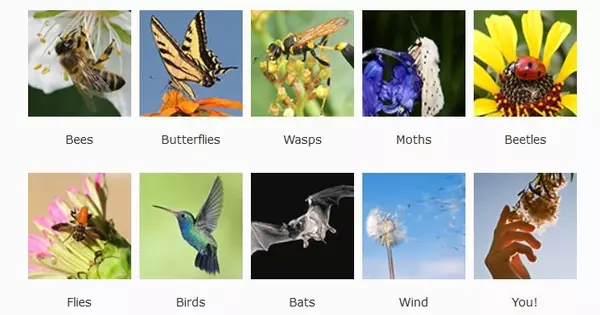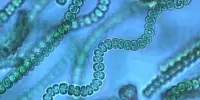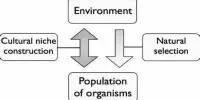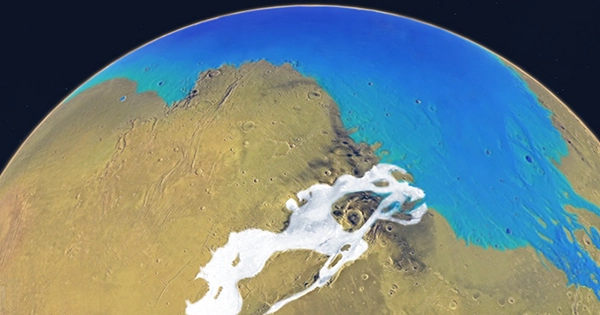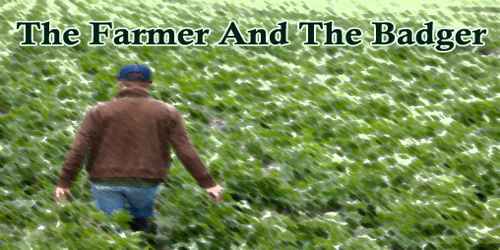Pollinator decline refers to the worldwide fall in pollinating insect and animal populations, particularly bees, butterflies, moths, and some bird and bat species. Pollinators perform an important role in the reproduction of many blooming plants, including those that provide us with food, by transporting pollen from the male to the female portions of a flower.
Pollinator decline refers to the decrease in the abundance of insects and other animal pollinators in various ecosystems throughout the world that began to be observed at the end of the twentieth century. Multiple lines of evidence point to regional declines in wild pollinator populations, particularly in Europe and North America. Similar findings from studies in South America, China, and Japan make it reasonable to suggest that declines are occurring around the globe.
The majority of studies focus on bees, particularly honeybee and bumblebee species, with a smaller number involving hover-flies and lepidopterans.
Several factors contribute to pollinator decline, including habitat loss, pesticide use, climate change, disease, and parasites. Here are some key points about pollinator decline:
- Habitat loss: The destruction and fragmentation of natural habitats, such as forests, grasslands, and wetlands, reduce the availability of suitable nesting and foraging sites for pollinators.
- Pesticide use: The widespread use of pesticides, including insecticides and herbicides, can have harmful effects on pollinators. Some pesticides directly kill pollinators, while others may affect their behavior, reproduction, or immune systems.
- Climate change: Changes in temperature, precipitation patterns, and phenology (the timing of natural events) can disrupt the synchrony between flowering plants and their pollinators. This can lead to a mismatch, where pollinators may not be active when plants need to be pollinated or vice versa.
- Disease and parasites: Pollinators are subject to a variety of illnesses and parasites, including Varroa mites, which can weaken colonies and make them more vulnerable to other stressors.
- Invasive species: Invasive plants can out-compete native plant species, limiting food resources available to pollinators. Invasive insects and viruses can also impact native pollinators.
Pollinator decrease has major consequences for ecosystems and food production. Animal pollination is responsible for around 75% of globally essential food crops, and pollinators are responsible for an estimated 35% of world food output. Without them, there would be a major reduction in the quantity and diversity of fruits, vegetables, nuts, and seeds, hurting both human and wildlife populations.
